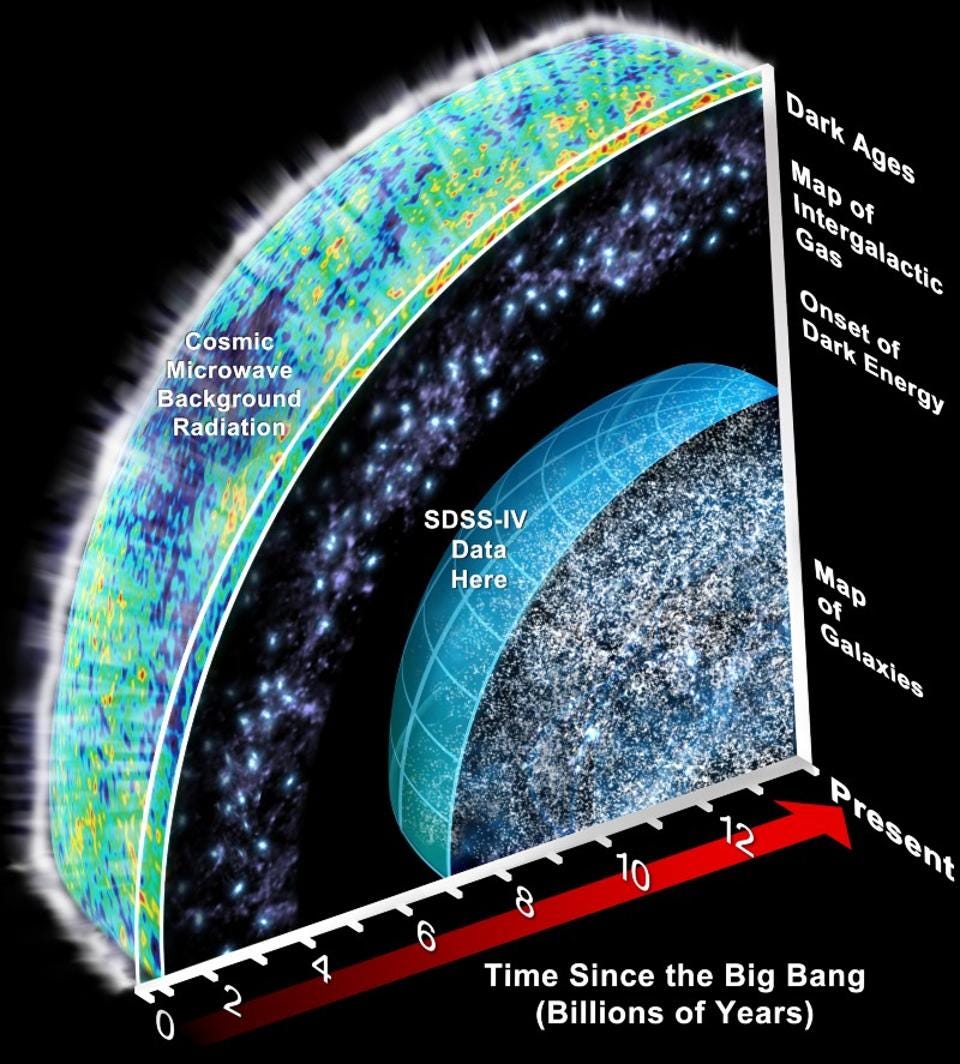
The observable universe just contracted by 320 million light-years in all directions, updating a popular calculation that scientists first ended 13 years ago. If you are trying to measure the size of the universe, the speed of light, the fastest anything can go, is a attractive place to start and end. You’d say it’s a cause that since the Big Bang occurred some 13.8 billion years ago, there is a 13.8-billion-light-year radius of the universe marking the edge of what simple humans could see.
Though, as physicists Nick Tomasello and Paul Halpern at the University of the Sciences describe in a post on Medium.com, that calculation was established on data from the WMAP satellite, which mapped the afterglow ofthe Big Bang, and that information is no longer the best nearby. Changing in newer, more sophisticated information on the universe's expansion from the European Space Agency's Planck satellite, Halpern and Tomasello considered that the apparent edge of the universe is in fact 0.7 percent smaller, or 45.34 billion light years in radius. Their report with the new number crunching will appear in a coming edition of the journal Advances in Astrophysics.

Tomasello wrote in the post, "A transformation of 320 million light years might be peanuts on the cosmic scale, but it does make our identifiable universe a little bit warmer”.
A few things could expand this observable boundary a bit to 46.31 billion light years, although, specifically ghostlike particles called neutrinos. Neutrinos pass through normal matter as if it is not there, so they could have travelled exactly through the glow of re-combination and may suggest the earliest-ever sight of the universe. But the similar reason they could do that also makes them devilishly tough to detect, as any physicist with an secretive neutrino discovering laboratory can prove.
Business Insider sent a pre-print type of the study to Gott for his viewpoint on it, but we have yet to hear back from him.

